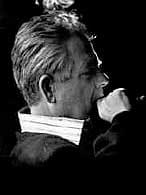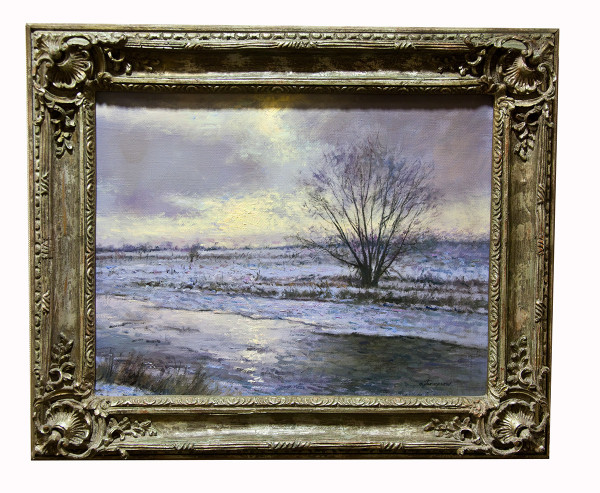
-
Artist: Richard Earl Thompson (American, 1914-1991)
Richard Earl Thompson's legacy to the world is the gift of enduring beauty - nature captured on canvas in all its myriad moods. An American Impressionist of renown, he has been compared to Monet, but preferred to think of himself as “an extension” to the impressionists. Profoundly influenced by the Master of the French Impressionist School, he also embraced ideas from Spanish, Italian and American painters. Creating his own unique style by incorporating a broader 20th Century color palette and combining painting techniques, Thompson's canvases convey a powerful and harmonious combination of diversified subject matter, exquisite brush work, skillful draftsmanship and luminosity. Through the years he perfected the use of color to such an extent that his painting vary from subtle mood scenes and pleasant tranquil setting to high brilliance.
A child prodigy at the Chicago Academy of Fine Art at the age of 15, he was taken under the wing of Frederick Grant, who was a student of William Merritt Chase, one of America's great painters. From there he continued at the American Academy of Art and then on to the Chicago Art Institute to study under Louis Ritman. He felt strongly that the fundamental training of drawing, color and composition instilled in those early days provided him the sound basis from which to develop his mature technique.
The combination of the Depression with the insurgence of the Modern Art Era, and the necessity of supporting a family, let Thompson to choose an early career in commercial art. Many will look back with a tinge of nostalgia recalling the back covers of the 'Saturday Evening Post,' some of which Thompson was responsible for while working with Haddon Sundblom who created many of the famous Coca-Cola ads. Also among his commercial art credits are the famous World War II War bond Posters which he was commissioned to paint by the U.S. Government.
Distinguished and highly successful as his commercial art career was he never gave up his ambition to have the 'fine art' career for which he had been trained. In 1959 with commercial illustration being replaced slowly by photography, he turned to fine art as a full time career. He credited his commercial art background with aiding him in his ability to do figures so well and to combine landscapes and figurative works so dramatically. Collectors and admirers of Richard Earl Thompson's personal expressions of nature, which he held so dear would agree: his 'small moments of time' captured forever on canvas touch us, please the spirit and fill the soul with joy.

